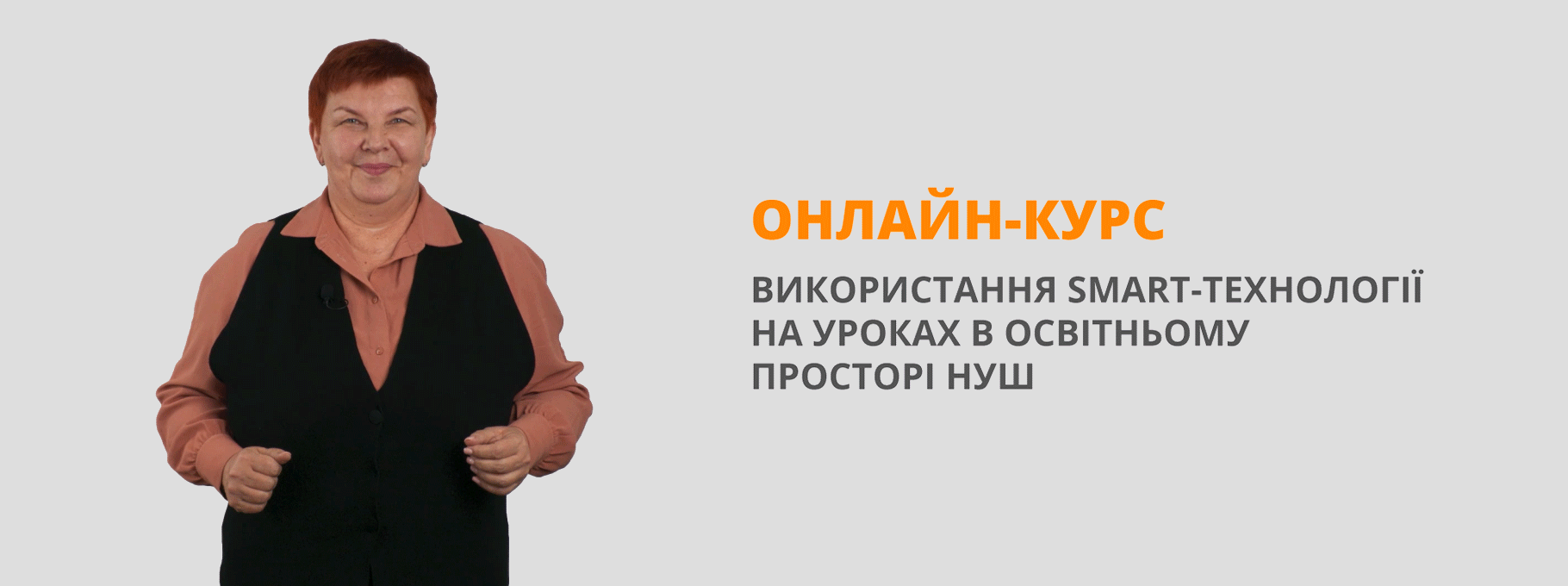Стаття англійською мовою з курсу "Методика викладання іноземних мов" на тему: "POETRY IN THE CLASSROOM"
Poetry is often considered as one of the most difficult materials for learning and analyzing in the classroom. It sounds oppressive and weird for most of the students. When discussing similes, metaphors and rhyme schemes, it can be extremely dull. Though we can make this process be a lot of fun!
Poetry for children can give students an opportunity to read something besides their textbooks. The rhyme and rhythm help convey the meaning but also make poems enjoyable to read.
POETRY IN THE CLASSROOM
Poetry is often considered as one of the most difficult materials for learning and analyzing in the classroom. It sounds oppressive and weird for most of the students. When discussing similes, metaphors and rhyme schemes, it can be extremely dull. Though we can make this process be a lot of fun!
Poetry for children can give students an opportunity to read something besides their textbooks. The rhyme and rhythm help convey the meaning but also make poems enjoyable to read.
POETRY ACTIVITIES FOR JUNIOR STUDENTS
- reading poetry;
- fun ways to read poetry;
- illustrating poetry individually;
- illustrating poetry in groups;
- writing poetry;
- free verse.
Reading Poetry
1. Choose a poem which has a fun rhythm and is easy to understand for that level. Poems shouldn’t have too many new words or they won’t be fun.
2. Make copies of a poem. Most poems are too short to fill an entire page. Even if you are doing one, feel free to put more than one poem on a page or copy out the whole page of the book. Interested students can read others at home if they want.
3. Read the poem to the class. Make sure you can give a smooth and enthusiastic delivery.
4. Go over unfamiliar words. This is supposed to be fun, not a vocabulary building exercise, so don’t press on the students too much.
5. Talk about a poem a little to make sure everyone understands it.
6. Have the class read the poem together. Repeating after the teacher is best so that they can get a feel for the rhythm. Have different groups read different parts. While one group reads, the rest of the class can do a chorus repeating a word or words over and over again.
7. Students recite a poem individually after learning at home.
8. Organise a contest for the best poem reader.
Fun Ways to Read Poetry
1. One student (group) reads a poem while the other student (group) pantomimes the actions.
2. Have speed reading contests for tongue twisters.
3. Divide the poem into sections.
4. Read the poem while clapping, adding percussion accompaniment, or background noise.
Illustrating Poetry
1. Follow steps 1-5 for Reading Poetry. If you want, copy and read a few of the poems so students can choose which one they want to illustrate.
2. Pass out some paper and art materials. Have the students copy the poem on paper.
3. Make sure the poem is written fairly small so that there is enough space for a large illustration. Let the children be creative in their interpretations. As they are drawing, talk to them about what they are drawing and why.
4. Hang the poems on the wall or make a book.
Group Illustrating Poetry
1. Choose one long poem and follow steps 1-5 for Reading Poetry.
2. Help the students divide the poem so that one person or group illustrates each part of the poem.
3. Pass out some paper and art materials. Have the students copy their part of the poem on paper and ask them to think of some possible illustrations.
4. Ask each group to discuss what they are drawing. While doing the group projects let them explain their choice.
5. Make a collage of paintings on the walls of the classroom.
Writing Poetry
1. Choose any poem and follow steps 1-5 for Reading Poetry.
2. Determine the pattern with the class.
3. Help the class come up with some other examples on the same theme or choose a different one.
4. Let the students think of some possible rhyme words on the given topic.
5. Have the students write poems for homework.
6. Next lesson is the presentation in class.
7. Hang the poems on the wall or make a book of students’ poetry.
8. Let the class vote for the best poem and award the young poets.


про публікацію авторської розробки
Додати розробку
